If you’ve ever wondered what makes NdFeB magnet the powerhouse of the magnet world, it all comes down to their composition. The exact blend of neodymium, iron, boron, and other key elements defines not just their incredible strength but also their durability and performance in demanding applications. In this post, you’ll get a clear, insider’s look at the ndfeb magnet composition—what each element does, how different grades vary, and why this precise mix is critical for everything from consumer electronics to advanced industrial uses. Ready to unlock the science behind the strongest magnets on the planet? Let’s dive in.
What is an NdFeB Magnet Overview
An NdFeB magnet, short for Neodymium Iron Boron magnet, is a type of rare earth permanent magnet known for its exceptional magnetic strength. Composed primarily of neodymium (Nd), iron (Fe), and boron (B), these magnets exhibit the highest magnetic energy products available today. This means they pack more magnetic power into a smaller size compared to other permanent magnets.
Developed in the early 1980s, NdFeB magnets revolutionized magnet technology by providing a cost-effective alternative to samarium-cobalt magnets while delivering superior performance. Their invention marked a significant advancement in materials science, enabling transformative applications across many industries.
NdFeB magnets are widely used in sectors such as electronics, automotive, renewable energy, industrial machinery, and medical devices. You’ll find them in electric motors, hard disk drives, wind turbine generators, headphones, and MRI machines. Their ability to maintain strong magnetic properties even at relatively small sizes makes them indispensable in modern technology.
Core Elements of NdFeB Magnet Composition
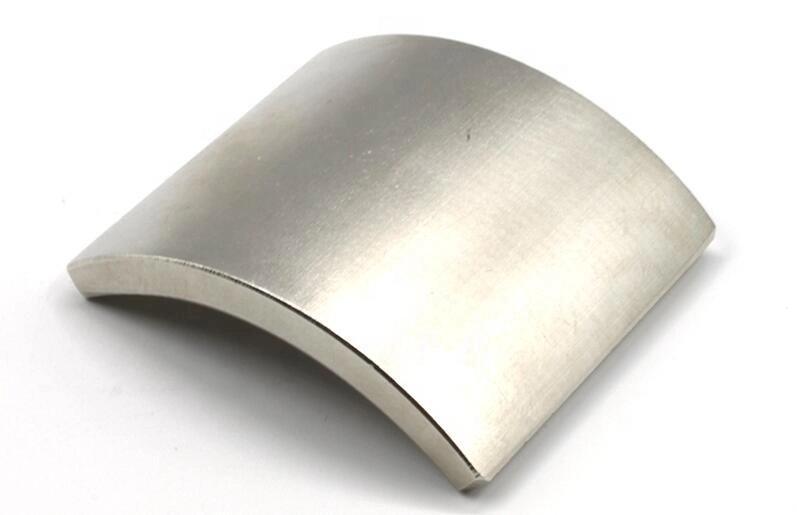
NdFeB magnets are mainly made up of three core elements: Neodymium (Nd), Iron (Fe), and Boron (B). Each plays a key role in giving these magnets their powerful properties. Understanding their makeup helps explain why NdFeB magnets are so widely used in industries across the U.S.
- Neodymium (Nd): This rare earth metal typically makes up around 28-34% of the magnet’s composition. Nd is crucial because it provides the strong magnetic field. Its presence boosts the magnet’s energy product (or BHmax), which measures how much magnetic power the magnet can store. Essentially, more neodymium means a stronger magnet.
- Iron (Fe): Iron usually forms the bulk of the magnet, accounting for about 60-70%. It acts as the main structural metal, giving the NdFeB magnet its shape and mechanical strength. Iron works with neodymium to create the magnetic phase but does not strongly impact magnetism alone—it’s the backbone of the mix.
- Boron (B): Though only about 1-3% of the composition, boron is vital. It helps form the crystal structure (Nd2Fe14B phase) that makes NdFeB magnets exceptional. Boron improves magnetic coupling and stabilizes the microstructure, ensuring consistent performance and magnetic strength.
Here’s a quick look at their typical atomic percentages:
| Element | Approximate Atomic Percentage | Role |
|---|---|---|
| Neodymium | 28% – 34% | Magnetic strength provider |
| Iron | 60% – 70% | Structural support |
| Boron | 1% – 3% | Crystal structure stabilizer |
This simple but powerful mix is the foundation for creating high-performance NdFeB magnets that American manufacturers rely on for everything from electronics to renewable energy technology.
Secondary Alloying Elements and Their Roles
Besides the main elements—neodymium, iron, and boron—several secondary alloying elements are added to NdFeB magnets to enhance performance and durability. Here’s a quick rundown of their roles:
- Dysprosium (Dy) and Terbium (Tb): These rare earth metals boost the magnet’s coercivity, which means they improve resistance to demagnetization. They also help the magnet maintain performance at higher temperatures, making them essential for applications needing thermal stability.
- Praseodymium (Pr): Often mixed with neodymium, praseodymium enhances overall magnetic strength and stability. It’s part of rare earth blend variants that can tweak magnetic properties to match specific needs.
- Cobalt (Co), Copper (Cu), and Aluminum (Al): These elements primarily improve corrosion resistance and mechanical toughness. Adding them helps magnets last longer in harsh environments without losing strength.
- Niobium (Nb) and Others: Some minor elements like niobium play a role in refining the microstructure of the magnet. This results in better grain boundary properties, which can lead to improved magnetic performance and durability.
These secondary elements allow NdFeB magnets to be tailored for different industries, balancing strength, heat resistance, and longevity based on what the application demands. For more insights into how magnetic components fit into devices, check out our detailed guide on magnetic components for wearables.
NdFeB Magnet Grades and Composition Variations
NdFeB magnets come in industry-standard grades like N35, N42, and N52, which mainly indicate their maximum energy product (BHmax) — basically, how strong the magnet is. Higher numbers mean stronger magnets. For example, N35 is a good entry-level grade, while N52 offers one of the highest magnetic strengths available in commercial magnets.
The composition shifts slightly between grades to boost performance. Higher-grade magnets usually contain more neodymium (Nd) and sometimes more rare earth elements like dysprosium (Dy) to increase coercivity—the magnet’s ability to resist demagnetization. Iron (Fe) remains the bulk of the magnet but boron (B) stays consistent to stabilize the structure. Smaller tweaks in the ratio of these elements change key magnetic properties like:
- BHmax: Maximum energy product, or magnetic strength
- Coercivity: Resistance to losing magnetism under stress or heat
- Remanence: The magnet’s residual magnetic strength
High-temperature grades are another variation designed to maintain performance under heat. These often include more dysprosium or terbium (Tb), which help the magnet withstand higher operating temperatures without losing strength. Special alloy variants might add cobalt (Co) or other elements to improve thermal stability or corrosion resistance for demanding uses like automotive motors or aerospace applications.
In , the grade you choose depends on balancing magnetic power, resistance to demagnetization, and temperature needs—each grade’s composition is fine-tuned for those factors.
Influence of Composition on Magnet Performance
The composition of NdFeB magnets directly impacts how they perform in real-world applications. Each element contributes uniquely to magnetic strength, coercivity, thermal stability, and overall durability.
Neodymium (Nd) is the main driver of magnetic strength. Higher Nd content typically boosts the magnet’s maximum energy product (BHmax), translating to stronger magnetic fields. This makes magnets with more Nd ideal for compact, high-power devices like headphones and electric motors.
Iron (Fe) forms the bulk of the magnet’s structure. It supports magnetic properties while giving the magnet mechanical stability. However, too much iron can reduce magnetic performance, so it’s balanced carefully.
Boron (B) helps create a stable crystal structure in the magnet, improving overall magnetic alignment and performance while supporting thermal stability.
Dysprosium (Dy) and Terbium (Tb) are critical for high-temperature uses. These heavy rare earths increase coercivity, which means the magnet resists demagnetization and keeps performance in hotter environments—perfect for electric vehicles or industrial motors running at elevated temperatures.
Praseodymium (Pr) can substitute neodymium in some alloys to enhance magnetic strength and improve resistance to corrosion when mixed into rare earth blends.
Cobalt (Co), Copper (Cu), and Aluminum (Al) don’t boost magnetism directly but improve corrosion resistance and mechanical strength, prolonging magnet life in harsh or moist conditions.
Niobium (Nb) and other minor elements refine the microstructure, leading to more uniform magnets with better performance consistency.
Examples of Composition-Specific Uses
- High Nd, low Dy magnets suit consumer electronics where maximum strength matters but working temperatures stay moderate.
- Dy-enhanced magnets excel in wind turbines or electric vehicle motors needing both power and heat resistance.
- Co or Cu additions are favored in outdoor sensors or medical devices exposed to corrosive environments.
Choosing the right NdFeB magnet composition tailored to your application can maximize efficiency and longevity. For a deeper dive into how these compositions come together in manufacturing, see our page on what are magnets made of.
Manufacturing Considerations and Quality Assurance
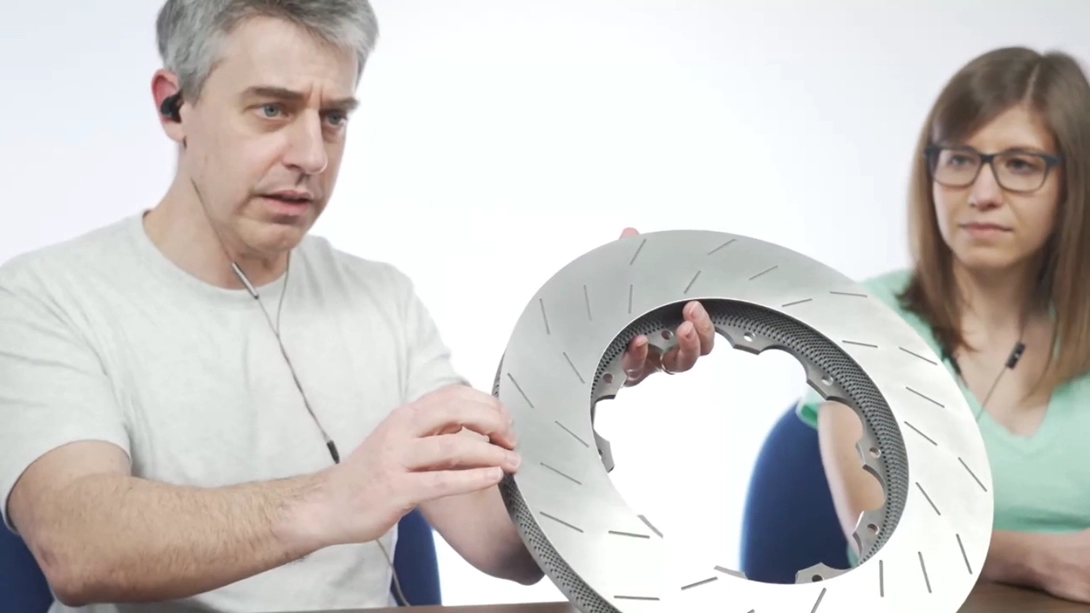
The composition of NdFeB magnets plays a crucial role in their manufacturing process. Small changes in the mix of neodymium, iron, boron, and other alloying elements can directly affect how the magnets are pressed, sintered, and heat-treated. Maintaining a consistent chemical makeup is essential to achieve the desired magnetic properties and mechanical strength.
Controlling composition consistency can be challenging due to variations in raw material purity and the sensitivity of the powder metallurgy steps. Even slight deviations can impact coercivity, remanence, and overall magnet performance. That’s why tight process controls and precise blending are necessary during production.
NBAEM follows strict quality control protocols to ensure that every batch meets composition specifications. Their testing includes elemental analysis, magnetic property verification, and microstructure inspections. This rigorous approach helps guarantee that the final NdFeB magnets perform reliably across various applications, from electric motors to consumer electronics, meeting the expectations for strength, durability, and temperature resistance.
Environmental and Supply Chain Factors
The NdFeB magnet composition depends heavily on rare earth elements like neodymium, dysprosium, and terbium. These materials often come from limited global sources, making supply chains vulnerable. In recent years, geopolitical tensions and export restrictions—especially from key producers—have made it harder to secure a steady supply of these metals in the U.S. market.
Because of this, many manufacturers are focusing on sustainable composition practices. This includes recycling rare earth elements from old magnets and electronics and exploring alternative sources. These efforts help reduce dependency on unstable supply lines and support more environmentally friendly production.
Another trend is innovation in reducing heavy rare earth elements like dysprosium and terbium while keeping magnet performance high. Heavy rare earths improve temperature resistance and coercivity but are scarce and costly. Modern alloys aim to balance lower heavy rare earth content with improved microstructures and optimized chemistry, delivering strong, reliable magnets at lower environmental and economic costs.
By addressing these environmental and supply chain challenges, U.S. industries can better secure NdFeB magnet availability without sacrificing quality or driving up prices.
Choosing the Right NdFeB Composition for Your Application
Picking the right NdFeB magnet composition depends a lot on what you need the magnet to do. Different industries have different priorities—sometimes it’s raw magnetic strength, other times it’s resistance to heat, or durability under tough conditions.
Here’s a quick guide to help you decide:
- Magnetic Strength (BHmax): If your project needs the strongest magnetic pull, go for higher-grade magnets like N52. These typically have a higher percentage of neodymium and iron, boosting magnetic performance.
- Coercivity (Resistance to Demagnetization): In motors or devices exposed to external magnetic fields or vibrations, prioritize magnets with more dysprosium or terbium added. These elements increase coercivity, keeping the magnet’s power steady over time.
- Temperature Resistance: Applications involving high heat (like automotive or aerospace) need magnets with specialized alloy blends. Look for compositions with enhanced rare earth elements that maintain magnetic properties at higher temperatures.
- Corrosion and Durability: If your magnet will face moisture or harsh environments, compositions including cobalt, copper, or aluminum help boost corrosion resistance and mechanical strength.
For businesses or engineers who want the perfect match, NBAEM offers custom solutions tailored to your precise industry needs. Their consulting services can guide you through selecting the right balance of elements—whether that means tweaking neodymium levels, adding stabilizers, or blending rare earths for ideal performance.


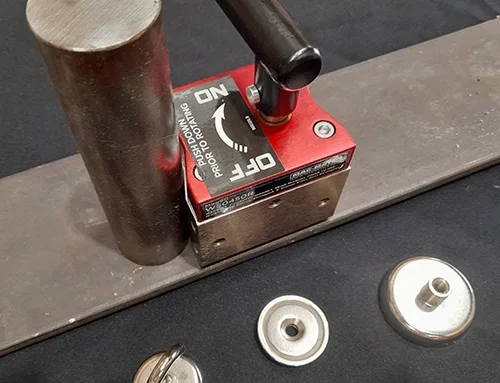
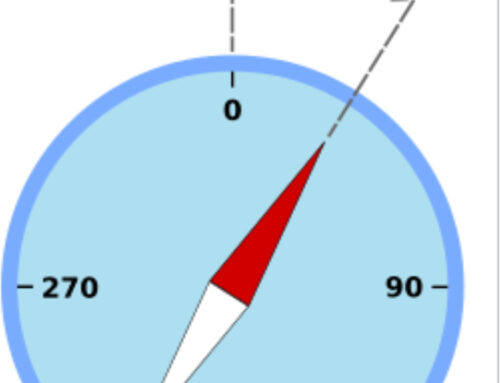
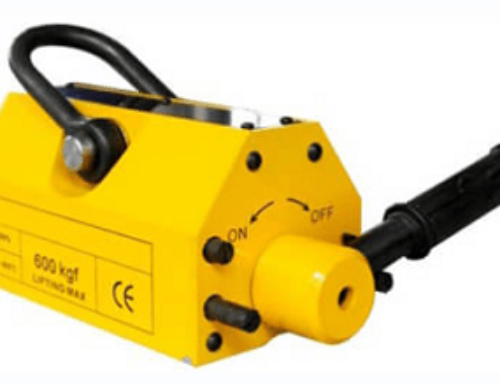
Leave A Comment